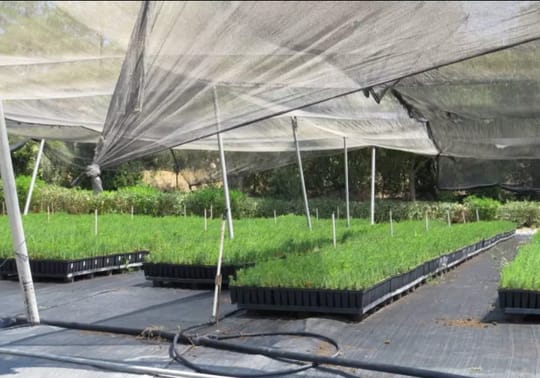Morocco: Catalyzing Human Development Through Cultural Preservation

Morocco is being lauded today as a bastion of stability in a troubled time and region; while the future is unforeseeable, there are certainly specific factors that have helped bring about this significant situation.
Three in particular are well known: the kingdom’s participatory efforts to promote human development; its process of decentralization of power; and its genuine efforts to achieve social justice – for those who were political victims and for women who have been systematically denied the most basic opportunities.
There is, however, another Moroccan model that deserves close attention – and indeed replication – within its own borders and beyond. The nation possesses a particular culture, borne of its history and geography, that is characterized both by ethnic and religious diversity and by unity in regard to the relationships between its different groupings.
The approach of its leadership, in encouraging the preservation and celebration of this culture, is not merely intended as a goal in itself but, in addition, is aimed at furthering human development for the populace.
Morocco, especially its rural regions, is beset by challenges arising from systemic poverty that is rooted in subsistence agricultural practices, for example, that of growing barley and corn, which only generates between 10 percent and 15% of agricultural revenue yet occupies 70% of agricultural land.
How can educating Moroccan youth about they country’s ancient and unique culture actually create sustainable development and provide a direct key to achieving broad prosperity? Here is one example: Fusing culture and human development – the contribution of the Jewish community of Morocco.
Planting fruit trees is an essential component of any scheme to end subsistence agriculture. With farming families’ intensifying demand for trees now significantly increasing their price, the country has dedicated itself to producing several billion trees through its Green Morocco Plan and other initiatives.
As a result, land on which to create community nurseries is also in incredible demand.
Meanwhile, and as a cultural initiative above all else, King Mohammed VI launched a now near-complete project to preserve the nation’s cemeteries. This has opened up a window of opportunity, inspiring the Jewish community of Morocco to create veritable breadbaskets out of vacant and potentially arable land adjoining these burial sites, for people who need it most.
There has been a significant Jewish presence in this part of North Africa for around 2,000 years (although this decreased significantly in the past century so that today – together with the Christian community – it accounts for less than one per cent of the total population). Scattered throughout the kingdom, in some 600 locations are cemeteries and more isolated sanctuaries where Jewish holy men and women have been laid to rest over the centuries.
Thus the Jewish community of Morocco has partnered with the High Atlas Foundation (HAF), a Moroccan- American NGO, to work with neighboring, economically disadvantaged farming communities that are Muslim-Arab and Amazigh.
Land is loaned to the foundation, typically for a five-year period, on which to build nurseries of fruit tree and medicinal plant varieties that grow organically, without the use of pesticides. The first such nursery is situated outside Marrakesh, neighboring a village called Akraich, beside the burial site of Rabbi Raphael Hacohen.
Here 50,000 fig, pomegranate, almond and lemon saplings are growing, soon to be distributed for free to local farming households.
Early in 2014 HAF celebrated its millionth tree planting in Morocco; to date, the Jewish community – alongside government departments, universities, schools, municipalities, cooperatives and private individuals – has loaned a full 10% of the total land currently in use.
Currently there are five contracts in place with the Jewish community of Marrakesh-Essaouira and a new proposal is poised to extend the scheme throughout the kingdom.
On the basis of the results of the pilot scheme at Akraich, this engagement with the Jewish community alone, if taken to national scale, could generate hundreds of millions of trees and plants that are desperately needed in order to overcome the intense burden of rural poverty.
To complete the circle, HAF itself educates Moroccan youth about the diversity of the country’s culture.
The most notable example is at Essaouira, where a project to restore the historic cemeteries of three faith groups present in the city – Muslim, Christian and Jewish – was recently completed and made available for special educational seminars for local youth. Apart from the clear cultural benefit, this was an opportunity to open the eyes, hearts and minds of a new generation to the practical potential of even small areas of vacant spare land.
Further, experience tells us that, while stand-alone actions of interfaith and cultural education are essential elements of a process toward peace and stability, it is when these actions lead to human development that the end goals are achieved.
The Moroccan king and the Moroccan people are brave. Let us hope that their actions are not merely achieved within the nation but become the norm in their conflicted region – and well beyond.
Follow the link HERE to read this post in Arabic.
This article was featured on The Jerusalem Post.
By: Yossef Ben-Meir, President of the High Atlas Foundation